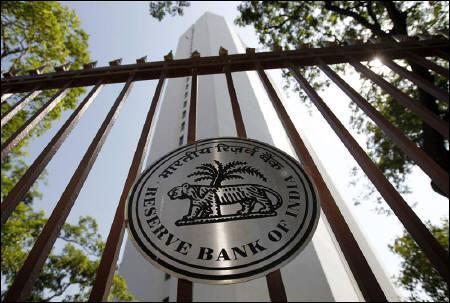 The Reserve Bank of India is expected to go for a cut in the CRR as a "prelude" to the monetary policy review meet scheduled to be held on April 7, according to an SBI report.
The Reserve Bank of India is expected to go for a cut in the CRR as a "prelude" to the monetary policy review meet scheduled to be held on April 7, according to an SBI report.
A cut in the cash reserve ratio (CRR), the portion of deposits which the banks are required to have in cash with the central bank, would increase liquidity in the system.
The CRR was left unchanged at 4 per cent in the last policy review held on March 4.
"We believe a cut in CRR/daily CRR requirement at this juncture by the RBI may have a profound impact on transmission mechanism," the report said, adding that "we expect RBI to cut CRR as a prelude to April 7".
In the last couple of months, RBI has slashed repo rate 2-times by 25 bps each to 7.50 per cent. The easing repo rate was mainly driven by sharp fall in inflation and inflationary expectations.
"However, a cut in the policy rate is still not translating as the commercial banks are yet to oblige through a cut in lending rates," the report said adding these cuts were still has not enough for banks to take call on cut in lending rates.
According to SBI Research, repo rate cut has only a signaling effect while CRR cut will increase system liquidity and bring down cost of funds for banks.
"What banks need is a sharp cut (say, 50 bps) in CRR. A CRR cut will help banks to reduce lending rates without unduly impinging the deposit rates," it said.
"A 50 bps cut in CRR will release Rs 45,700 crore into the system. The opportunity gain for the banks (assuming no change in repo rate at 7.5 per cent) for such release is Rs 3,500 crore (annualised)," the report said.
On March 4, the RBI surprised markets by reducing the benchmark interest rate by 0.25 per cent to 7.5 per cent on the back of softening inflation and the government's commitment to continue the fiscal consolidation programme.
This was the second time in two months that the RBI cut interest rates outside the regular policy reviews. Last time on January 15, it had cut the repo rate by 0.25 per cent to 7.75 per cent.
The RBI is scheduled to announce its next bi-monthly policy statement on April 7.











 © 2025
© 2025